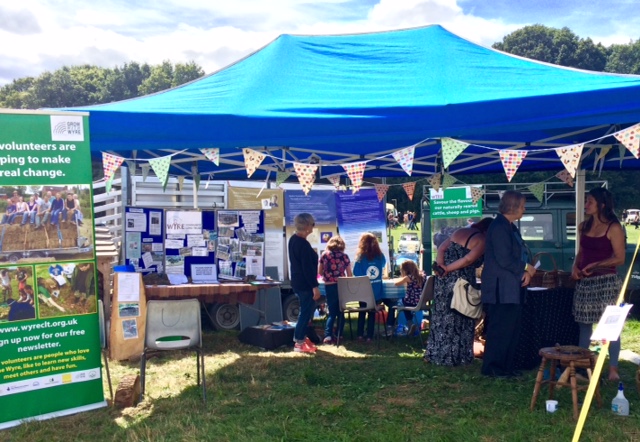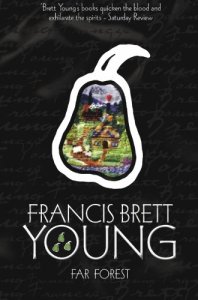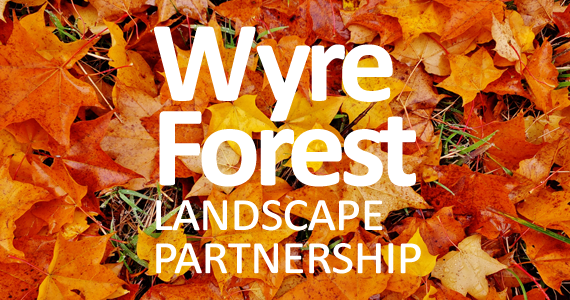
The Far Forest Countryside Show took place this weekend. A hugely enjoyable annual event organised by the local community, it involves a wide range of vaguely rural activities, displays and items of interest for all tastes. The show dates back to 1902 when the first Flower, Vegetable and Poultry exhibition took place in the Old School. It has been suggested that the author H. Rider Haggard was the inspiration when he proposed the idea to the local vicar, perhaps when he was conducting his contested survey of depopulation in Rural England.
Falconry, dog shows, vintage caravans and farm machinery, poultry displays, live music and even belly-dancing were all on offer over the weekend. The stand put together by staff and volunteers from the Wyre Community Land Trust proved very popular, not least due to the presence of two young pigs, Boris and Nigel. Children were drawn by the opportunity to make and decorate small forest creatures, imaginary and real, out of clay, twigs and other natural materials. I was particularly taken by the simple yet beautiful, and almost surreal, displays of perfectly formed vegetables and flowers in the Horticultural Show.
Far Forest is a wonderfully evocative place name. It was most likely coined centuries ago by people living in the more populous Bewdley on the other side of the forest about four miles away on the banks of the River Severn. It is also the title of a book by Francis Brett Young, a regional writer popular in the first half of the last century, in which he writes of the people and nature of the forest before the Second World War. It is striking that this appears to be the only novel of any note which takes the Wyre Forest, or ‘Werewood’ as its called in the book, as its setting.

For me, the words ‘Far Forest’ also conjure up an image of the forest in the future. This is the focus of a new management plan for the Wyre Forest being devised by Natural England and the Forestry Commission. It will bring together the land managed by the two organisations for the first time into a single comprehensive management plan. This important document which will guide the evolution of the forest, in its own words, ‘to help bring about a more diverse, species-rich, resilient Wyre Forest for all to enjoy’.

This broad aim is based on a fifty year vision for the forest developed by the Wyre Forest Landscape Partnership, a body which brought together numerous public, private and community organisations connected with the forest. The vision is comprehensive and compelling, and owes much to the connection with John Ruskin. It is worth repeating in full – see below. I encourage everyone with an interest in the future of the forest to have a look at the draft management plan and let Natural England and the Forestry Commission know if you think the proposals it sets out will help deliver the vision. You have until 22 August to do so.
A 50 year vision for Wyre by the Wyre Forest Landscape Partnership:
“The Wyre Forest is mostly ancient woodland: 2400 hectares of it – the largest contiguous forest of that kind in the whole of England. Though there were trees here before there were human beings, the forest we know today is the product of our history. Landscapes change, particularly when people manage them. We will manage this one by caring for wildlife in all its diversity and encouraging a flourishing woodland economy. The forest of the future will be nourished by its past; it will weave together a range of communities and different sorts of landscape. We want it to be, in the words of John Ruskin, ‘beautiful, peaceful, and fruitful’. We want it to generate wealth, serve the needs of visitors seeking refreshment, and resonate in human memory.
The Forest will have been recognised as one of England’s most important ancient woodlands. The Wyre will have adapted structurally to a changing climate within an inspirational 21st-century woodland landscape meeting society’s needs and carbon targets. Wyre will evoke a powerful sense of place and this will be celebrated by the communities and people of the Forest, and shared by visitors who value the special qualities. There will be a recognition that the landscape of Wyre Forest and its setting is highly distinctive, diverse and culturally complex. The story of Wyre will be ingrained in its landscape and will be written by the generations to come. The forest will have a more natural woodland landscape, managed to increase the diversity of tree species characteristic of the ancient woodland of Wyre with a varied age structure from young saplings to ageing veterans. A rich mosaic of woodland and well-connected open habitats will have been developed, incorporating meadows and orchards, patches of heathland and a network of ‘rides’ through the forest. Populations of key woodland species will have been secured. Habitat management and species introductions will have allowed for species migration in response to changes in climate. Re-introductions of key species will have contributed to the natural processes of the woodland. The people and communities of the Wyre Forest will understand, recognise and celebrate the national significance and value of the Forest and will have opportunities to become involved in its maintenance and development. It will be a core part of their quality of life, enhancing health and wellbeing. A vibrant woodland enterprise culture will support and complement Wyre’s landscape, turning its lumber into a diverse range of products needed and valued by society.
The Wyre Forest will be an excellent place to visit, with great facilities and activities designed for its core family audience. Interactive and stimulating information about the Forest, its landscape and wildlife will be easily accessible. The Wyre Forest will be widely known as a distinctive destination complementing Cleobury Country and the Severn Valley. Wyre will have a national reputation for high quality tourism, food and local products derived from the woodland and surrounding landscapes. The Wyre Forest will be recognised as a significant national centre for woodland learning, research and monitoring, supporting formal and informal learning and skills development in all its forms, underpinned by a deep evidence base”.
Who wouldn’t subscribe to that!













